Governance tools to stay in control of process automation and application development.
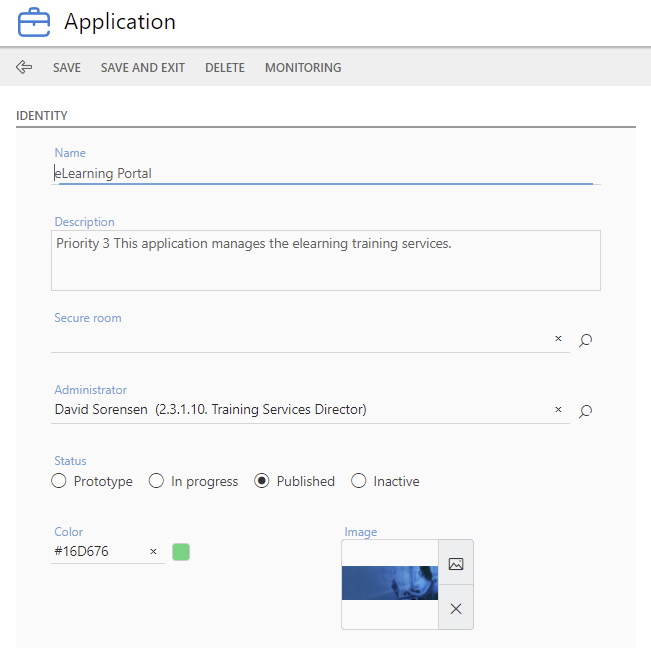
Work teams
AuraQuantic facilitates teamwork so that different roles such as business consultants, technical specialists and UX specialists can work simultaneously on the design and development of the same processes and applications.
In addition, it includes features to show where each component (process, user interface…) is being used, where it is in use, what modifications have been made and who is responsible for managing the application.

Application governance
Application governance features help manage the correct development of processes, applications and data structures.
The platform includes status, usage, and performance reports to automate and guarantee governance strategies.
Furthermore, the platform is compatible with all governance programs such as COBIT, ITIL, TOGAF and FAIR.
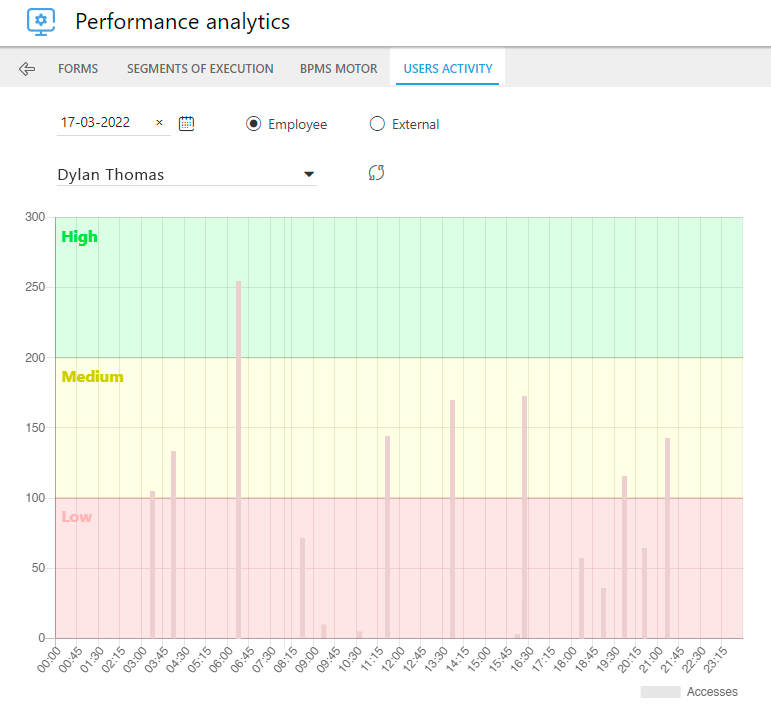
User activity
AuraQuantic collects detailed information on user activity throughout the platform, such as actions in a process, modifications to an application or the editing, viewing or signing of a document.
Session reports help administrators monitor platform access and scale user licenses as required.
Additionally, designers and developers can create their own custom data logs with the relevant information.
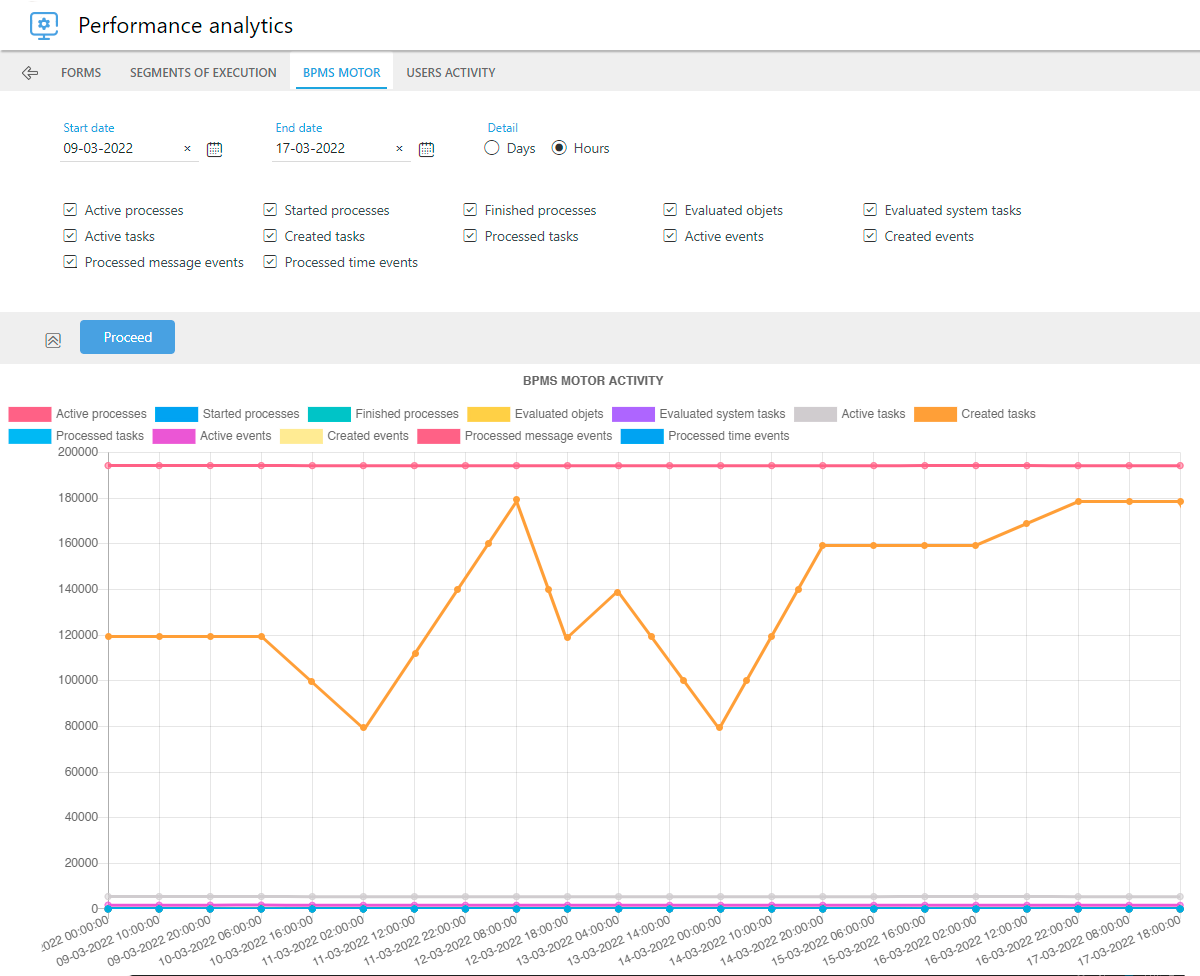
Performance
Features to measure the performance of various elements:
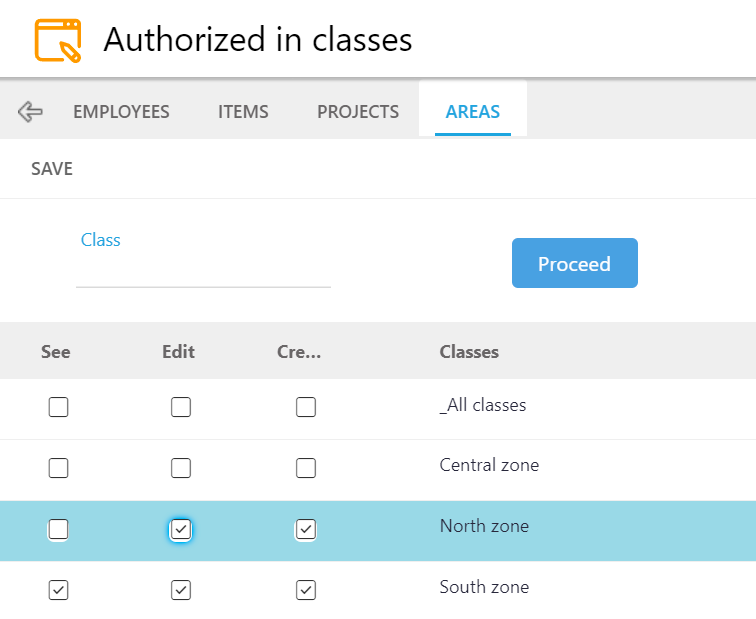
Access restriction
Option to set permissions to guarantee that each administrator, designer or developer only has access to the appropriate tools or settings.
Mechanisms such as encryption prevent access to certain data from the interface and from the database server.
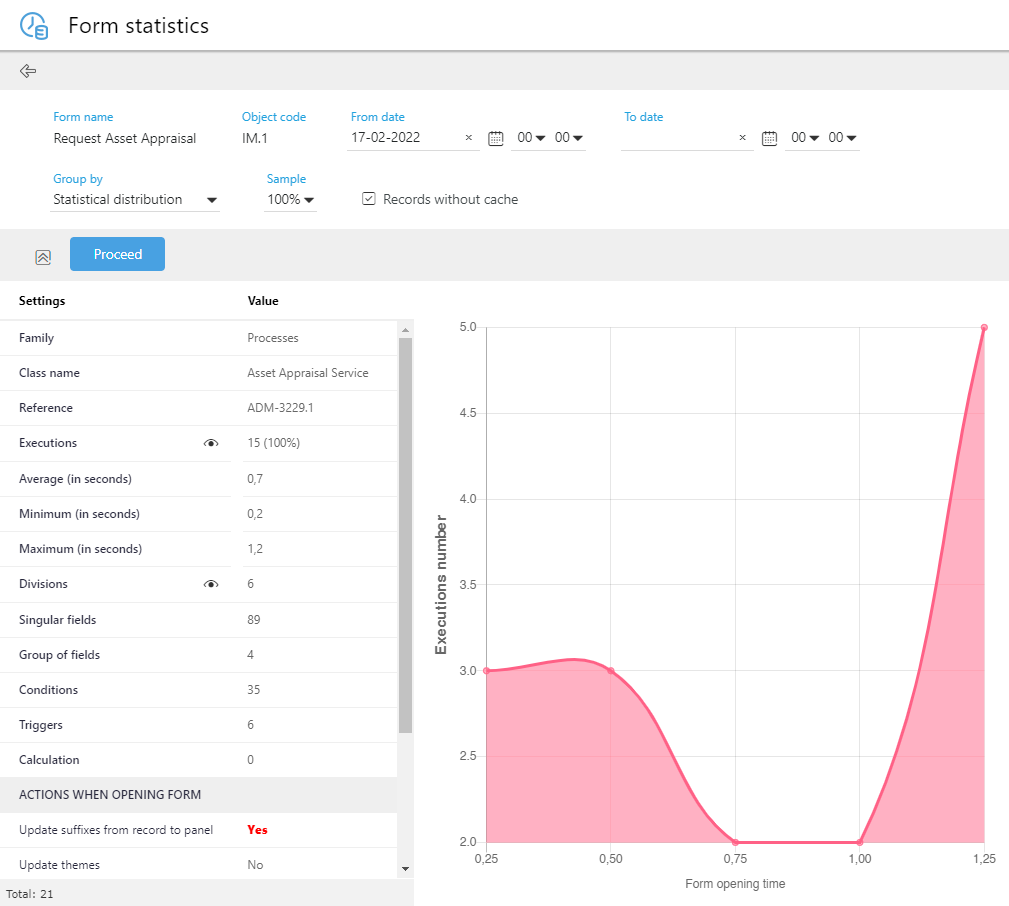
Usage statistics
Administrators have various centralized control mechanisms to manage application availability, security, usability and integrity.
From the applications, you can access data reports on the status of your components, as well as more detailed information.

Data location
The system has its own data management, storage and location mechanisms, saving implementation time and avoiding design errors in the data structure.
The data structure logic, boundaries, and visual appearance can be customized locally, changing a single interface, or generally, for changes to affect multiple processes and applications.
The data field usage locators show the processes and applications that will be affected by a general change, showing the exact scope of the data structure modifications.
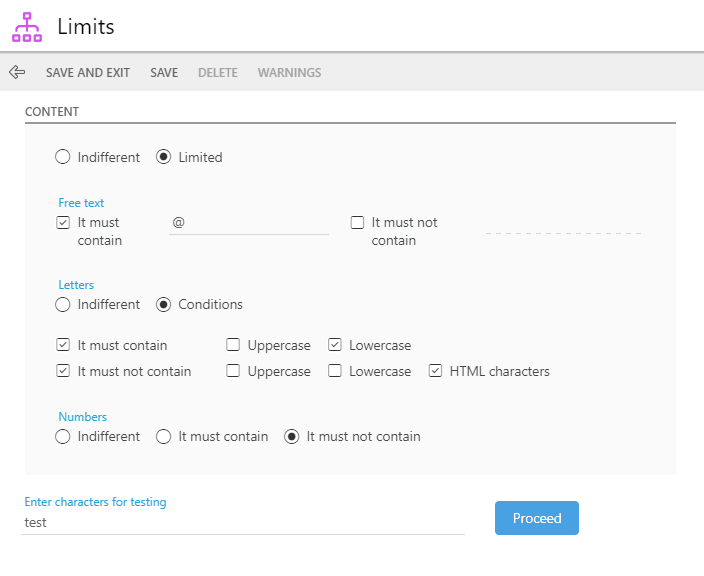
Data integrity
AuraQuantic helps designers avoid mistakes when creating an application:
Once the application has been created, the designer can configure it to ensure that users enter data correctly: